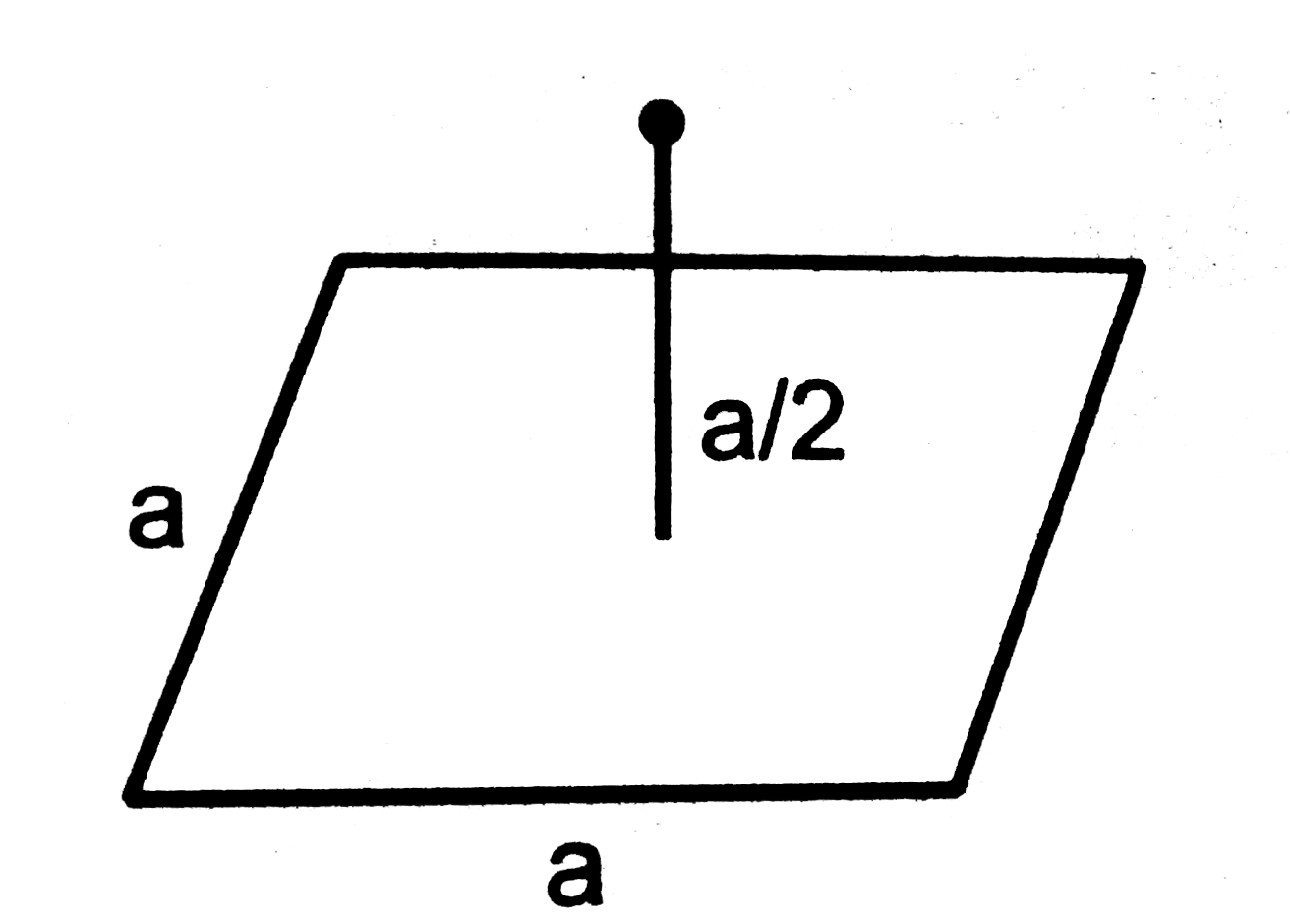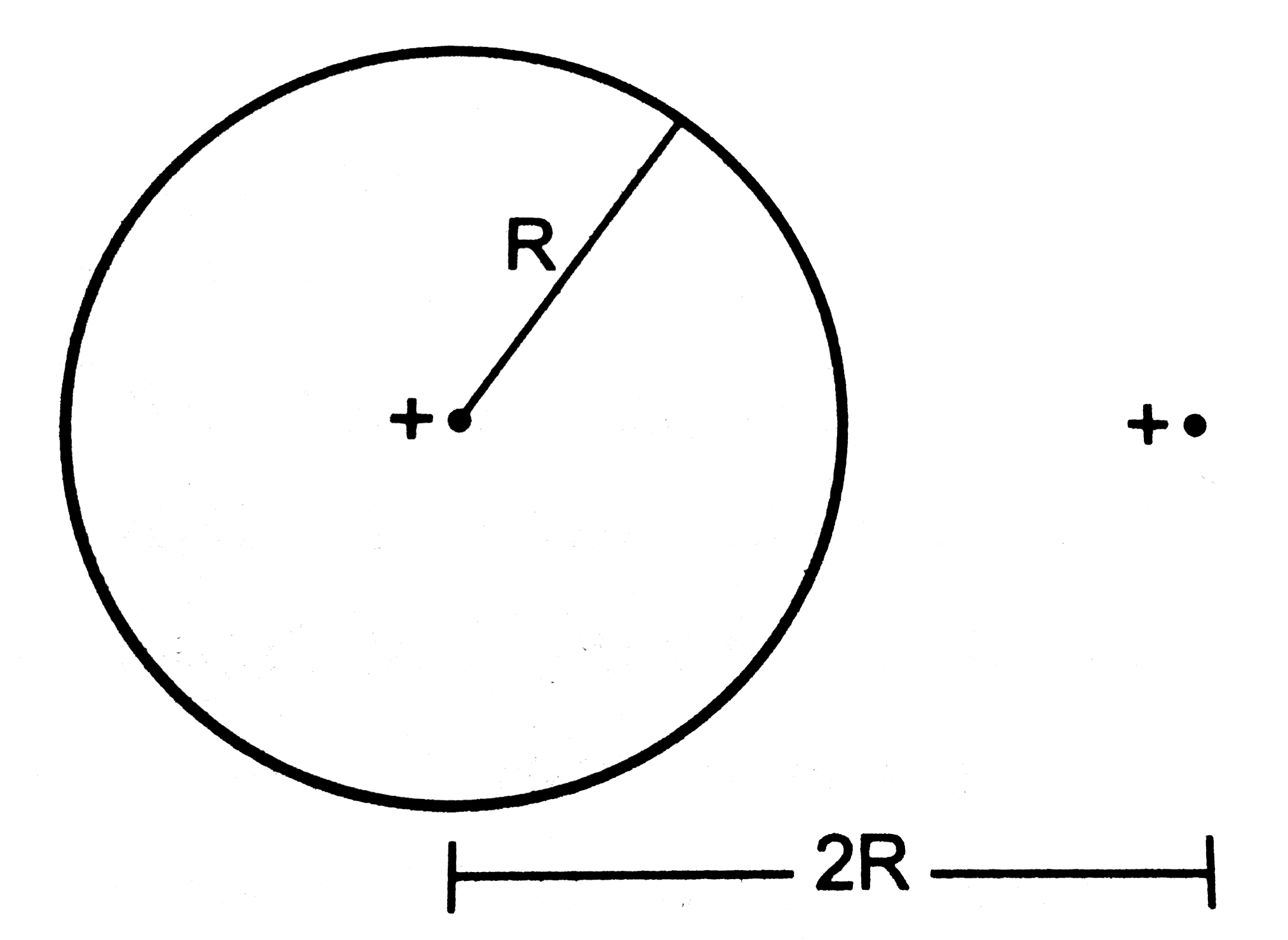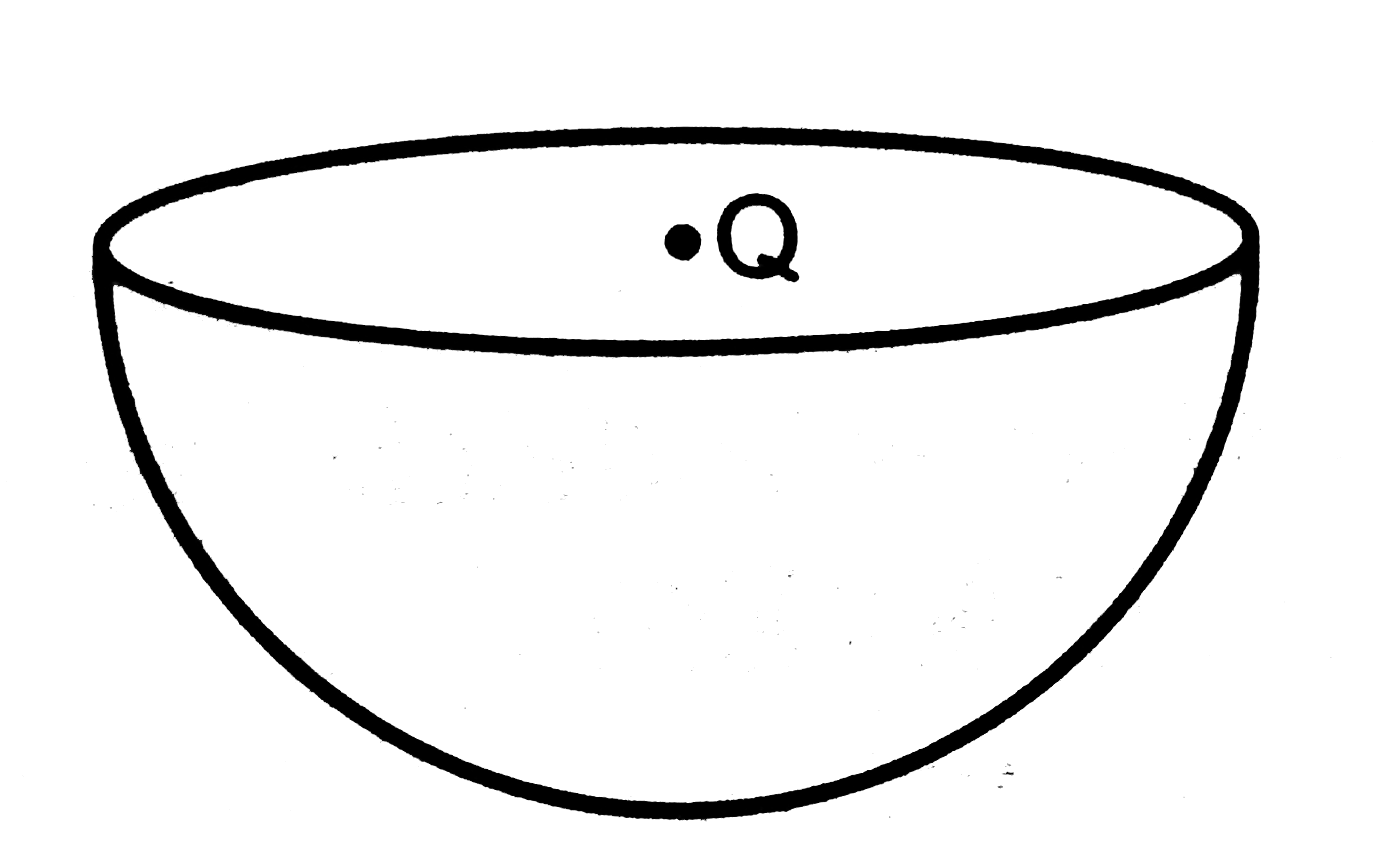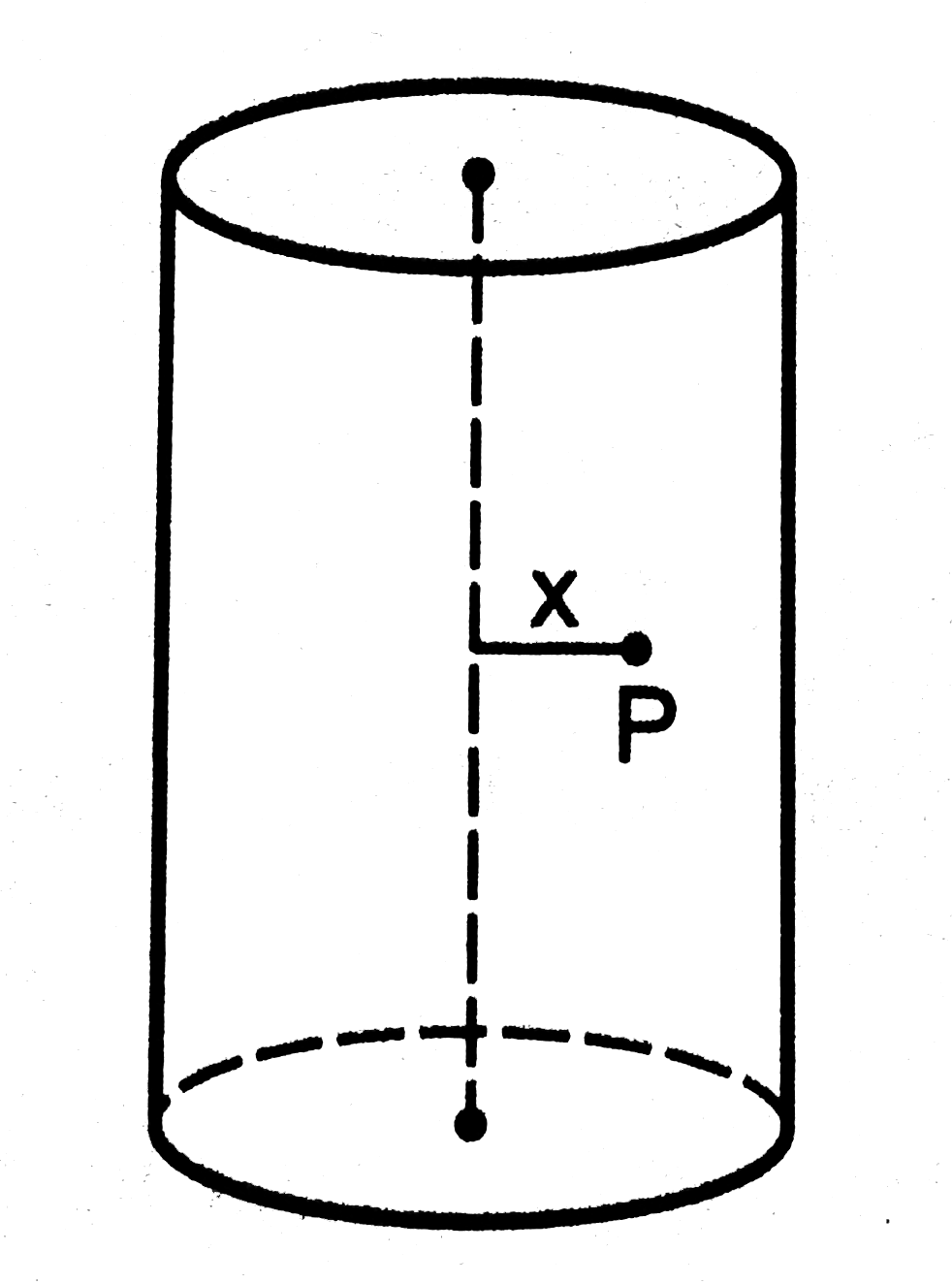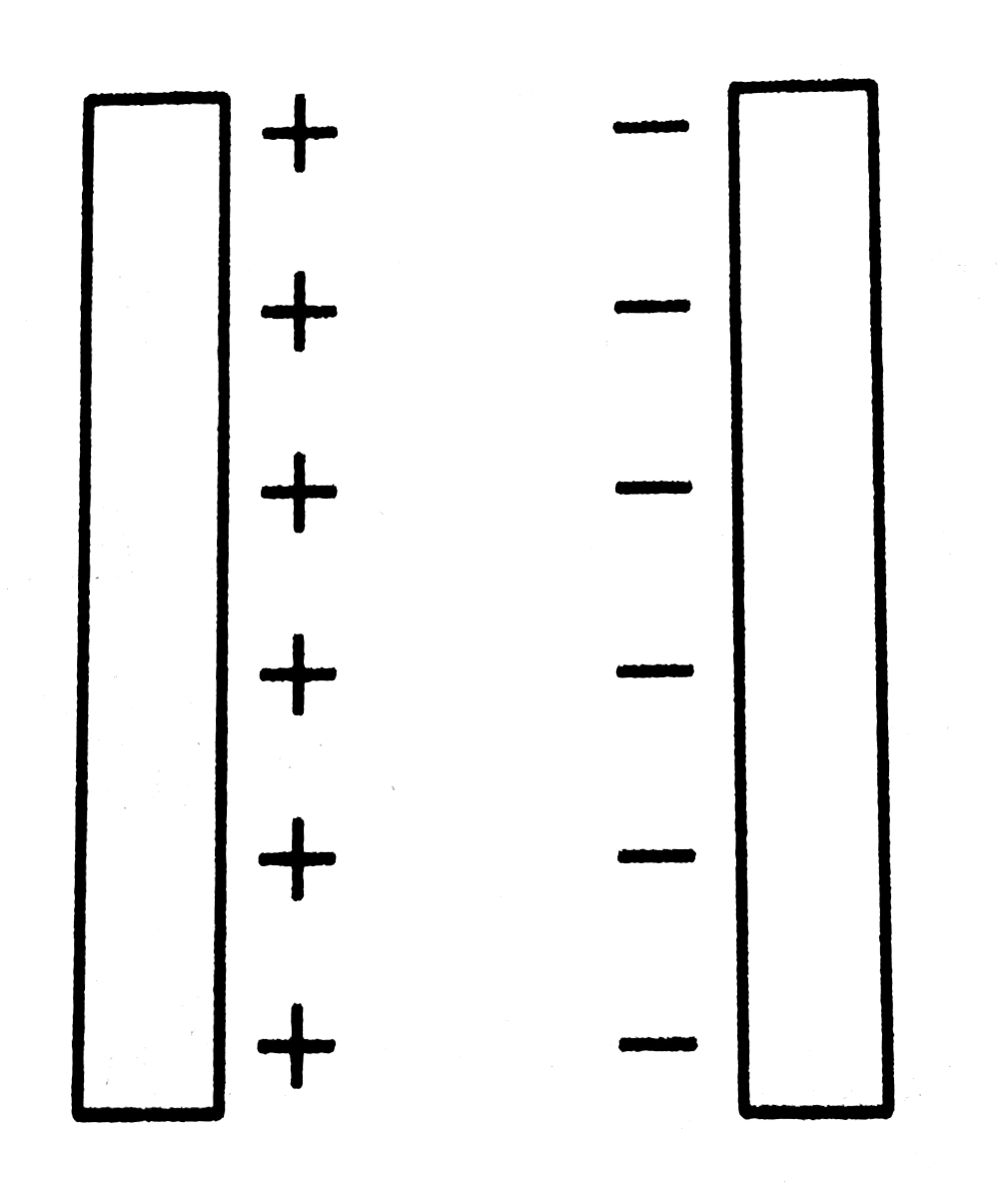Exercises from HC VERMA Chapter 10 GAUSS LAW for Class 12
| Class 12 | PHYSICS |
| Chapter | GAUSS LAW |
| HC VERMA | Exercises |
| Medium | English |
| Academic Year | 2023-2024 |
Question 10
The radius of a gold nucleus (Z=79) is about 7.0⋅10−10m. Assume that the positive charge is distributed uniformly throughout the nuclear volume. Find the strength of the electric field at (a) the surface of the nucleus and (b) at the middle point of a radius. Remembering that gold is a conductor, is it justified to assume that the positive charge is uniformly distributed over the entire volume of the nucleus and does not come to the outer surface?View SolutionQuestion 11
A Charge Q is distributed uniformly within the material of a hollow sphere of inner and outer radii r1 and r2 (figure 30-E4). Find the electric field at a point P at a distance x away from the centre for r1<x<r2. Draw a rough graph showing the electric field as a function of x for 0<x<2r2.
 View Solution
View SolutionQuestion 12
A charge Q is placed at the centre of an uncharged, hollow metallic sphere of radius a. (a) Find the surface charge density on the inner surface and on the outer surface. (b) If a charge q is put on the sphere, what would be the surface charge densities on the inner and the outer surface?View SolutionQuestion 13
Consider the following very rough model of a beryllium atom. The nucleus has four protons and four neutrons confined to a small volume of radius 10−15m. The two 1s electrons make a spherical charge cloud at an average distance of 1.3×10−11 m from the nucleus, whereas the two 2s electrons make another spherical cloud at an average distance of 5.2×10−11 m from the nucleus. Find the electric field at (a) a point just inside the 1 s cloud and (b) a point just inside the 2s cloud.View SolutionQuestion 15
A long cylindrical wire carries a positive charge of linear density 2.0 x 10^(-8) C m^(-1). An electron revolves around it in a circular path under the influence of the attractive electrostatic force. Find the kinetic energy of the electron. Note that it is independent of the radius.View SolutionQuestion 19
One end of a 10 cm long silk thread is fixed to a large vertical surface of a charged non conducting plate and the other end is fastened to a small ball having a mass of 10 g and charge of 4.0×10C. In equilibrium, the thread make an angle of 600 with the vertical. Find the surface charge density on the plate.View SolutionQuestion 20
One end of a 10 cm long silk thread is fixed to a large vertical surface of a charged non conducting plate and the other end is fastened to a small ball having a mass of 10 g and charge of 4.0×10C. In equilibrium, the thread make an angle of 600 with the vertical. Find the surface charge density on the plate.View SolutionQuestion 23
Two large conducting plates X and Y. each having large surface area A (on one side), are placed parallel to each other as shown in figure (30-E7). The plate X is given a charge Q whereas the other is neutral. Find (a) the surface charge density at the inner surface of the plates X, (b) the electric field at a point to the left of the plates, (c) the electric field at a point in between the plates and (d) the electric field at a point to the right of the plates.
 View Solution
View SolutionQuestion 24
Three identical metal plates with large surface areas are kept parallel to each as shown in figure (30-E8). The leftmost plate is given a charge Q, the rightmost a chrgear2Q and the middle one remains neutral. Find the charge appearing on the outer surface of the rightmost plate.
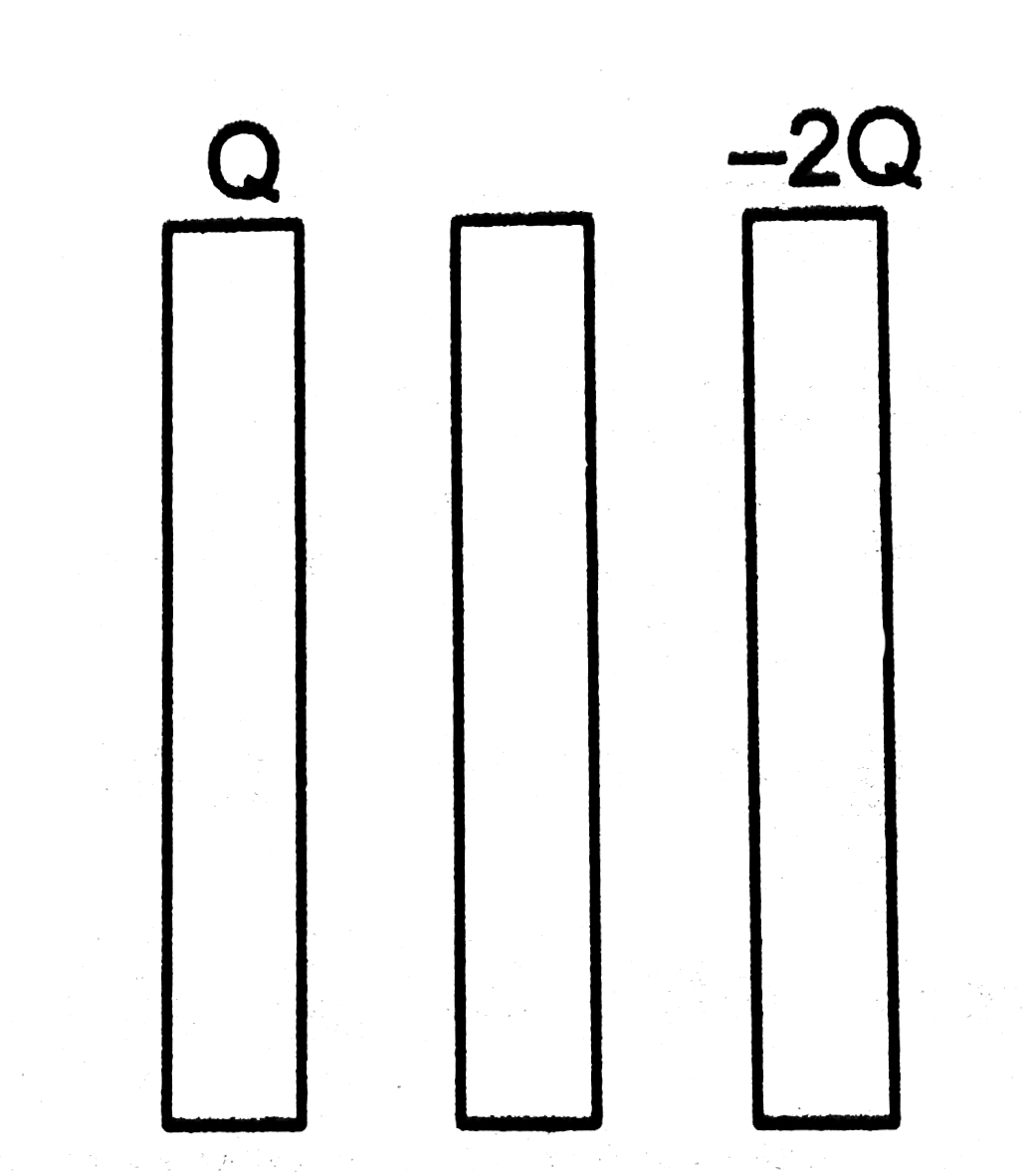 View Solution
View Solution

